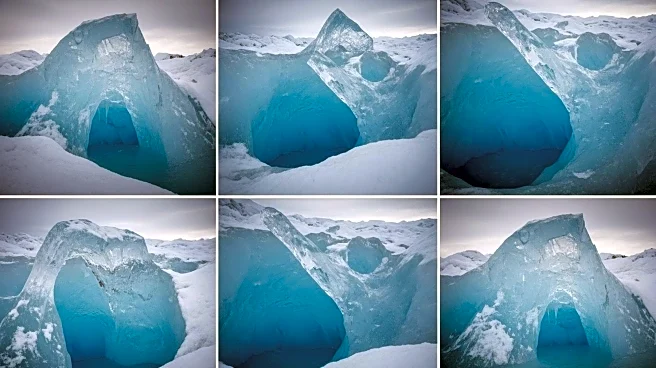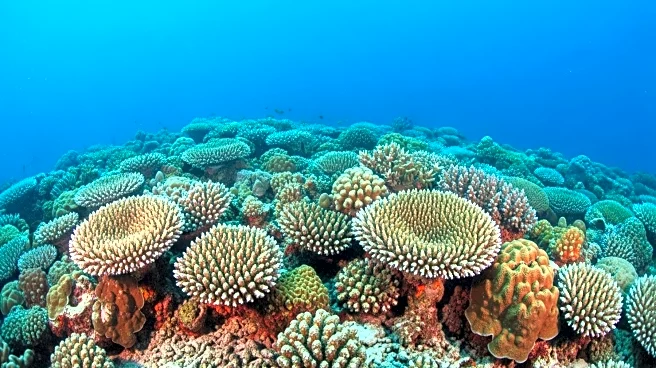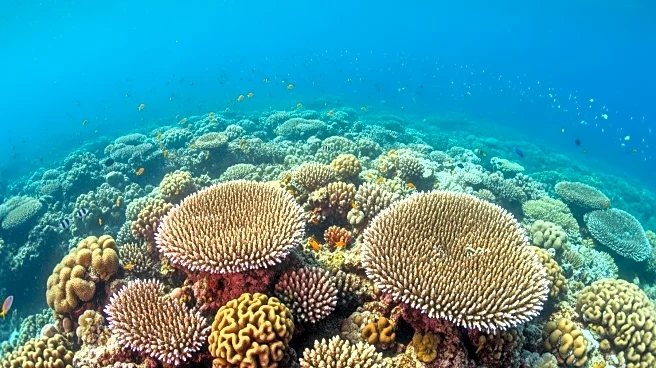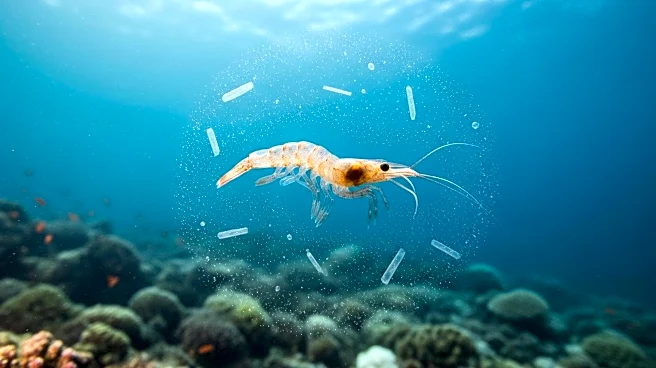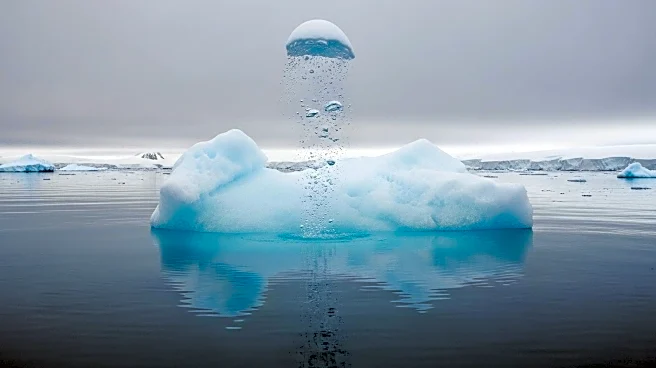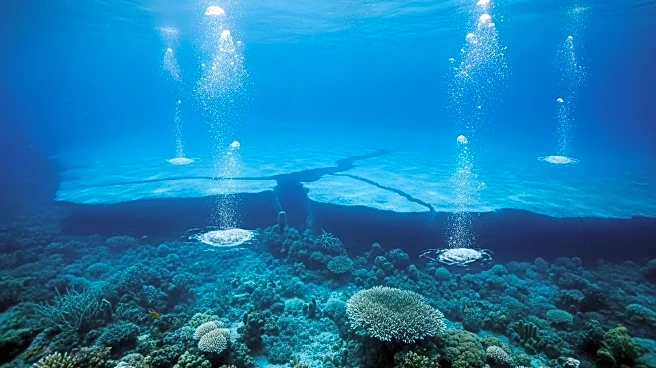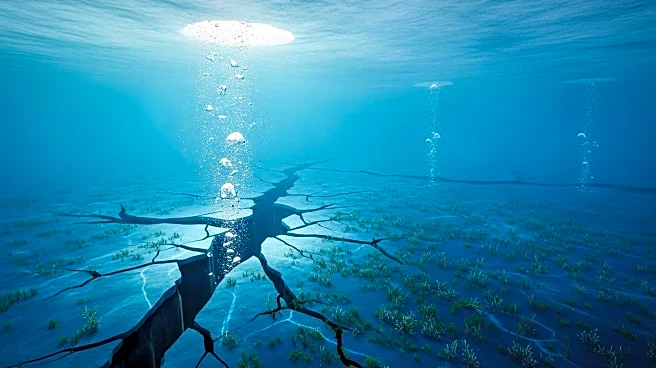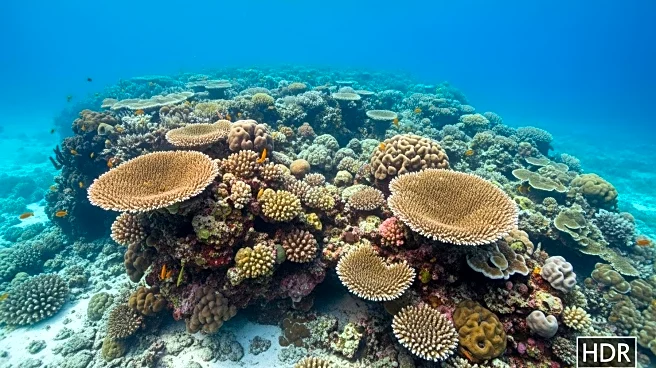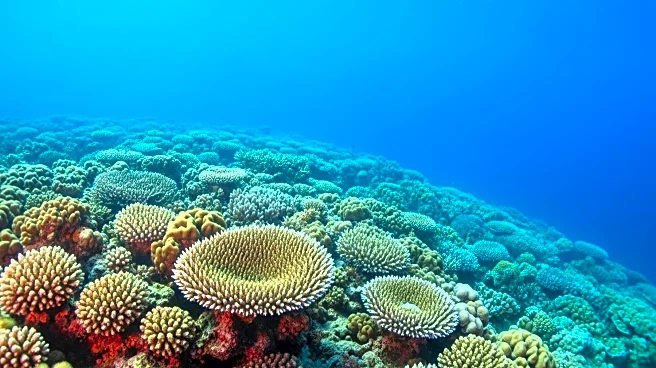What is the story about?
What's Happening?
Researchers have identified 85 previously unknown lakes beneath Antarctic glaciers, increasing the total number of known subglacial lakes to 231. This discovery was made using data from the European Space Agency's CryoSat satellite, and the findings were published in the journal Nature Communications. These lakes, located miles below the ice, are active, regularly draining and refilling, which affects the stability of the ice above them. This instability can lead to ice slipping into the ocean, contributing to rising sea levels.
Why It's Important?
The discovery of these lakes highlights the impact of rising global temperatures on Antarctic glaciers. As the planet warms due to human-caused pollution, the bedrock beneath these glaciers heats up, causing subglacial meltwater and the formation of lakes. This process accelerates ice melting and contributes to rising sea levels, which have already increased by nearly a quarter-inch in 2024. The continued rise in sea levels threatens coastal communities and could lead to more extreme weather events, including floods.
What's Next?
To mitigate rising sea levels, efforts must focus on reducing pollution and slowing global warming. Researchers hope that this discovery will enhance models predicting future sea-level rise, improving their accuracy. By understanding subglacial hydrology, scientists can better quantify its impact on ice dynamics and refine projections of sea-level changes.
Beyond the Headlines
The discovery underscores the interconnectedness of global climate systems and the far-reaching effects of local environmental changes. It also highlights the importance of international cooperation in climate research and the need for comprehensive strategies to address climate change.
AI Generated Content
Do you find this article useful?
